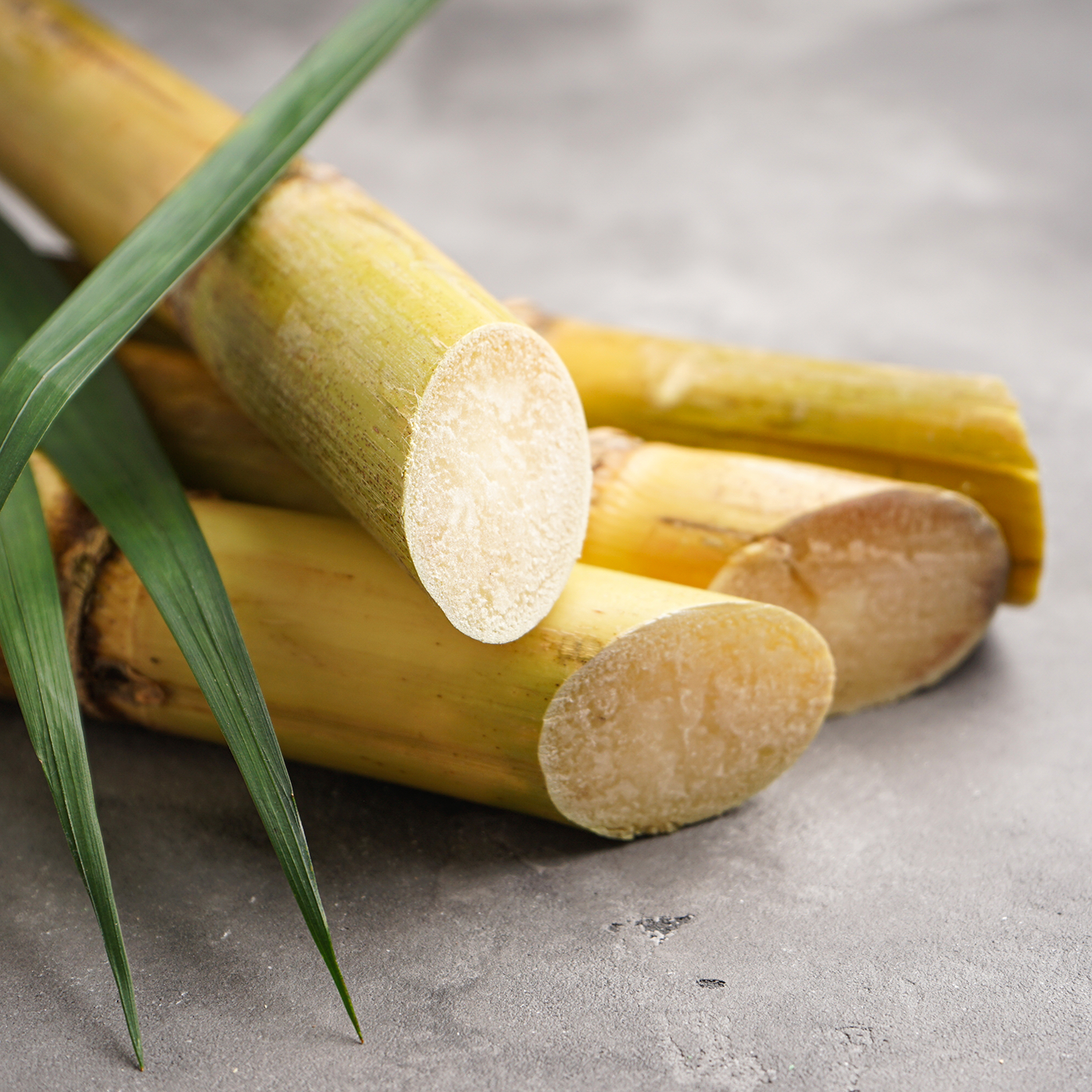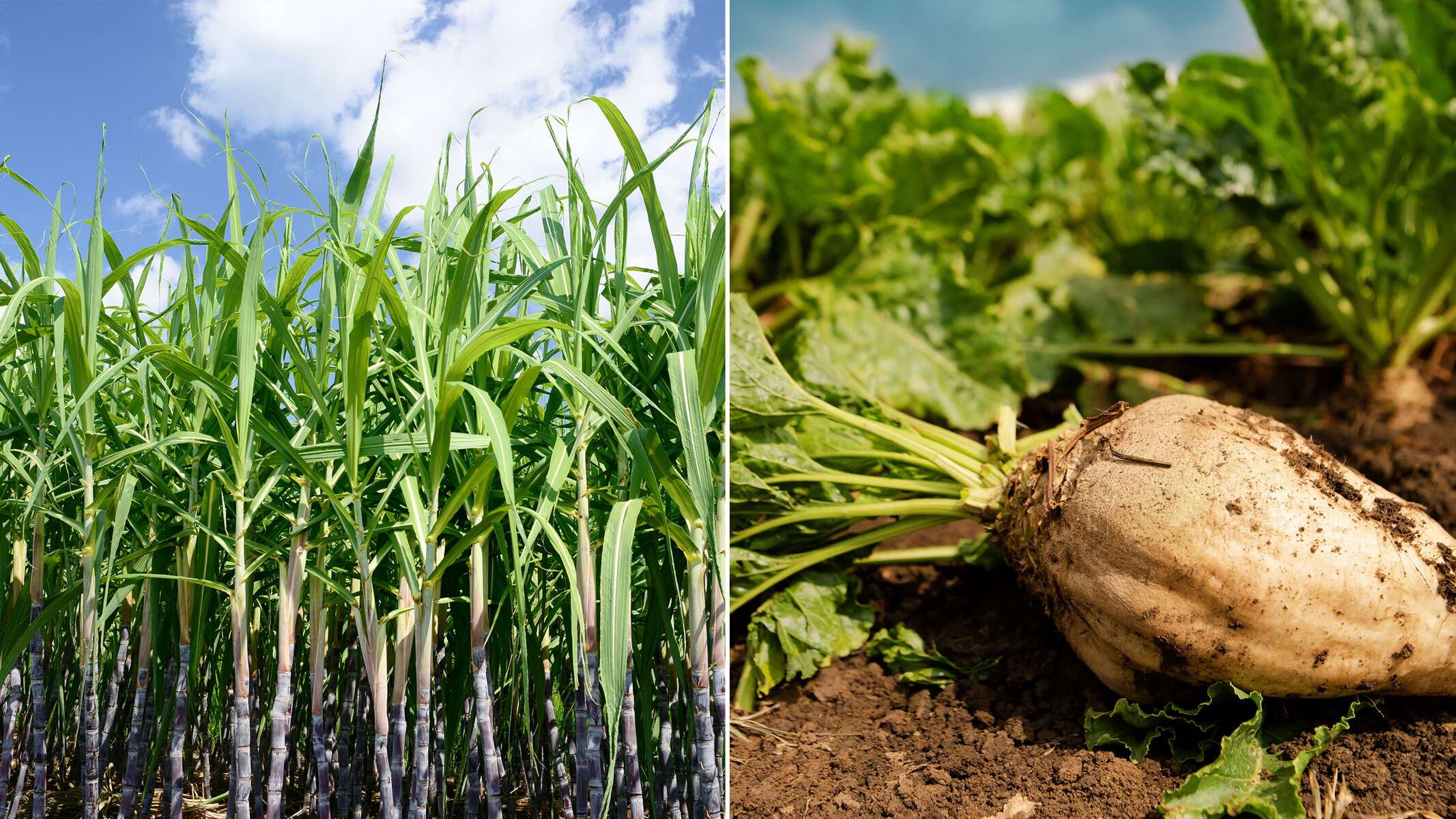What global production trends tell us about the future of sugar beet vs sugar cane
The Significance of Sugar Beet Vs Sugar Cane: a Closer Take A Look At Their Manufacturing Processes and Applications
The value of sugar beet and sugar cane expands beyond their duty as resources of sucrose. Each crop features distinct producing procedures that affect their applications throughout different industries. While sugar beet supports not just food production but likewise biofuels and plant foods, sugar cane largely offers the food field with beneficial by-products. Understanding these distinctions reveals just how each crop forms farming economies and industry techniques worldwide, prompting additional exploration into their one-of-a-kind contributions.

Summary of Sugar Beet and Sugar Cane
Sugar beet and sugar cane are 2 primary sources of sucrose, each with distinct attributes and growing methods. Sugar beet, a root veggie, grows in temperate climates - Sugar beet vs sugar cane. It is cultivated mainly in the North Hemisphere and needs well-drained dirt. The plant generally grows to an elevation of concerning 18 inches, with a white, fleshy root including about 15-20% sucrose. On the other hand, sugar cane is an exotic turf that thrives in warm, moist conditions. It can reach elevations of up to 12 feet and includes high, jointed stems that shop sucrose concentrations ranging from 10-15%. The farming of sugar cane is labor-intensive and usually includes manual harvesting. Both crops offer as crucial agricultural assets, providing basic materials for sugar production and numerous by-products. Their growing techniques substantially affect regional economic situations and worldwide sugar markets, making them indispensable to the farming landscape
Harvesting Techniques for Sugar Beet and Sugar Cane
Gathering techniques for sugar beet and sugar cane differ noticeably due to the unique attributes of each plant. Sugar beet gathering usually utilizes specialized machinery referred to as beet harvesters, which effectively uproot the beetroots from the dirt while minimizing damages. These makers utilize a collection of blades to reduce the tops and lift the roots, ensuring that the beets remain undamaged for processing.In comparison, sugar cane harvesting frequently includes 2 primary methods: manual cutting and mechanical harvesting. Hand-operated harvesting, still prevalent in some areas, requires employees to reduce the cane stalks by hand using machetes. This technique enables selective harvesting however is labor-intensive. Mechanical harvesters have actually obtained popularity, employing revolving blades to reduce and collect the stalks rapidly. Both methods aim to enhance return and top quality, with mechanical harvesting significantly adopted to fulfill rising manufacturing needs successfully.
Handling Techniques for Sugar Beet
After being harvested, sugar beets undergo a series of processing steps to remove sucrose successfully. The very first action involves cleaning the beets to remove dirt and pollutants. Next, the beetroots are cut right into thin strips referred to as cossettes, which increases the surface location for removal. These cossettes are then subjected to hot water extraction in a diffusion procedure, enabling sucrose to liquify into the water.Following removal, the juice consists of contaminations and is cleared up utilizing lime and warmth to speed up solids. The clarified juice is then concentrated through evaporation, eliminating excess water and increasing sugar focus. To crystallize the sucrose, the focused juice undertakes further dissipation and air conditioning, developing sugar crystals. Lastly, these crystals are separated from the staying syrup with centrifugation, dried out, and packaged for circulation. This method ensures a high return of sucrose while keeping the quality of the end product.
Processing Methods for Sugar Cane
Handling sugar cane involves a collection of steps made to draw out sucrose efficiently. The process begins with harvesting, where mature sugar cane is reduced and moved to refining centers. Once at the mill, the cane goes through washing to get rid of impurities. The following action is squashing, where mechanical rollers remove juice from the fibrous stalks.This juice is after that my explanation clarified utilizing warm and lime to remove put on hold solids and contaminations. Complying with explanation, the juice is vaporized to concentrate the sugar web content, causing a thick syrup. The syrup undertakes formation, where sugar crystals form as the syrup cools down. These crystals are divided from the remaining molasses through centrifugation.Finally, the sugar is dried and packaged for circulation. This comprehensive handling approach warranties that sugar cane generates a top notch item, suitable for numerous cooking and industrial applications, while maximizing the extraction of sucrose from the raw material.
Nutritional Distinctions Between Sugar Beet and Sugar Cane
The contrast in between sugar beet and sugar cane prolongs past their handling techniques to incorporate considerable nutritional distinctions. Sugar beet consists of not only sucrose but likewise a series of nutrients, consisting of vitamin C, potassium, and magnesium. These nutrients contribute to its prospective health benefits, such as sustaining immune feature and preserving electrolyte equilibrium. On the other hand, sugar cane mostly provides sucrose with minimal levels of vital nutrients.Additionally, sugar beet has a greater fiber material, which can aid in food digestion and promote satiation. The visibility of anti-oxidants in sugar beet may likewise supply protective impacts versus oxidative stress, a variable connected to numerous chronic conditions. While both resources are largely used for sugar production, the nutritional profiles recommend that sugar beet may provide extra health and wellness advantages compared to sugar cane. This distinction is essential for customers looking for even more than simply sugar in their diet regimens.
Applications of Sugar Beet in Different Industries
A range of industries utilize sugar beet for its versatile applications beyond sugar manufacturing. In the food sector, sugar beet serves as a key active ingredient in producing different refined foods, including sugary foods and baked goods, due to its natural sweetness. Additionally, the pulp stemmed from sugar beet is made use of as pet feed, giving a nutrient-rich resource for livestock.In the biofuel field, sugar beet why not look here is increasingly acknowledged for its capacity in producing bioethanol, adding to sustainable energy solutions. The agricultural field take advantage of sugar beet's results, which can be used as natural plant foods, enriching dirt wellness and fertility.Furthermore, sugar beet removes are utilized in pharmaceuticals and cosmetics, where they work as all-natural sweeteners and humectants. These varied applications highlight sugar beet's function as a valuable source in boosting sustainability and technology throughout several markets, enhancing its relevance in modern manufacturing practices.
Applications of Sugar Cane in Numerous Industries

Regularly Asked Concerns
What Environmental Impacts Are Connected With Sugar Beet and Sugar Cane Manufacturing?
The ecological effects of sugar beet and sugar cane production include soil destruction, water use, chemical application, and environment disruption. These factors add to environmental imbalances, elevating concerns concerning sustainability in farming techniques connected with both crops.

Exactly How Do Sugar Beet and Sugar Cane Contrast in Terms of Economic Feasibility?
The economic stability of sugar beet and sugar cane differs based on elements like geographical location, production prices, and market need - Sugar beet vs sugar cane. Both crops offer special benefits, influencing farmers' decisions regarding farming and financial investment in different areas
What Are the Main Regions for Sugar Beet and Sugar Cane Cultivation?

Exactly How Does Climate Impact the Development of Sugar Beet and Sugar Cane?
Environment substantially impacts the development of sugar beet and sugar cane. Sugar beetroots prosper in cooler temperatures, while sugar cane needs warm, tropical problems. Sugar beet vs sugar cane. Both crops depend upon adequate rainfall and sunlight for ideal like it development and return
Exist Any Considerable Health And Wellness Concerns Related to Consuming Sugar From These Sources?
Health concerns pertaining to sugar usage include weight problems, diabetic issues, and heart problem. Both sugar beet and sugar cane-derived sugars can add to these concerns, specifically when consumed in extreme quantities, regardless of their resource.